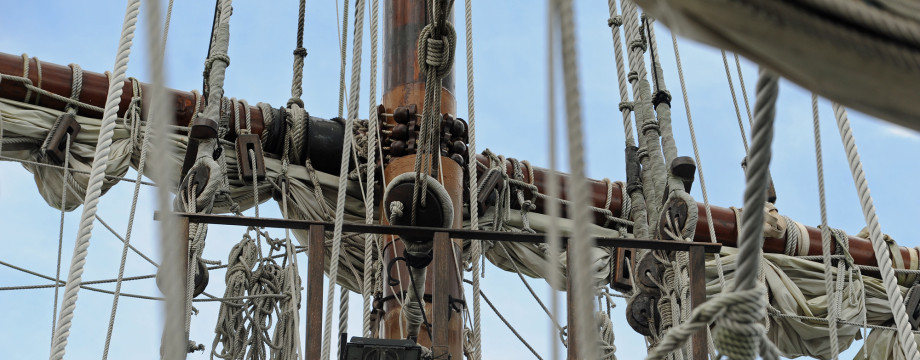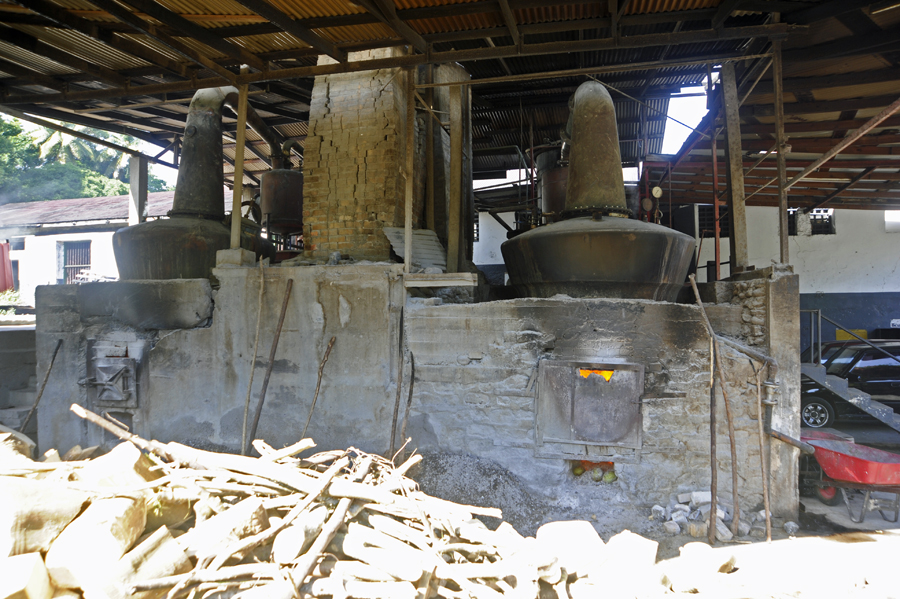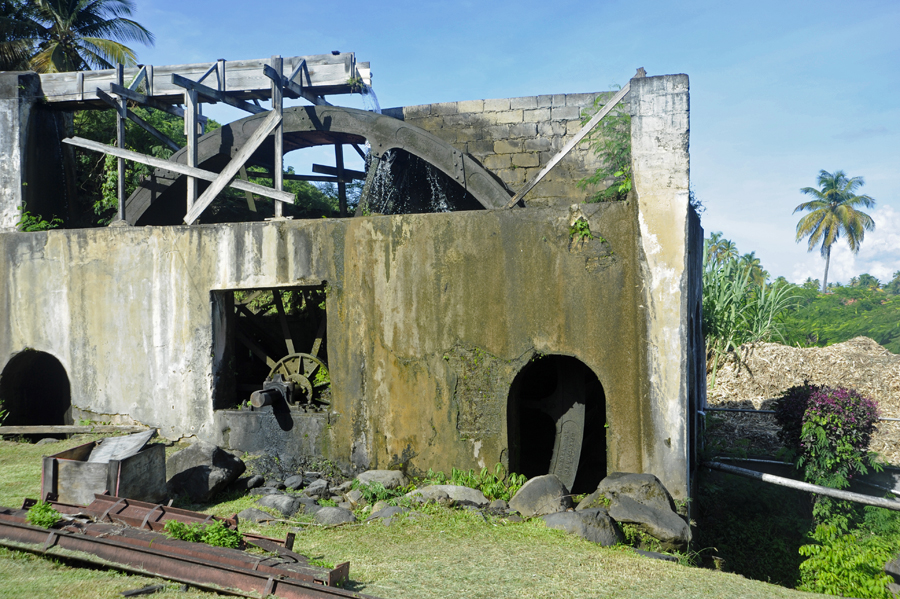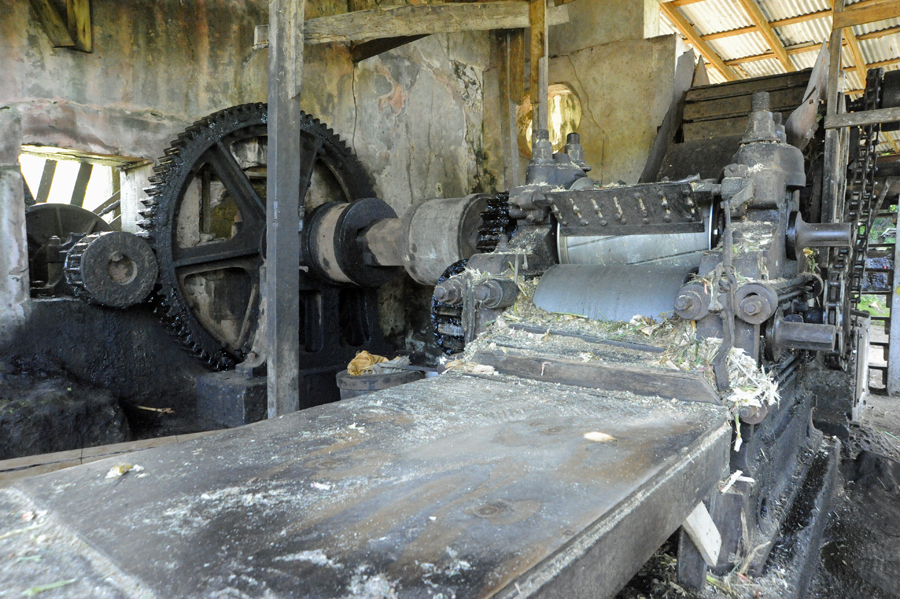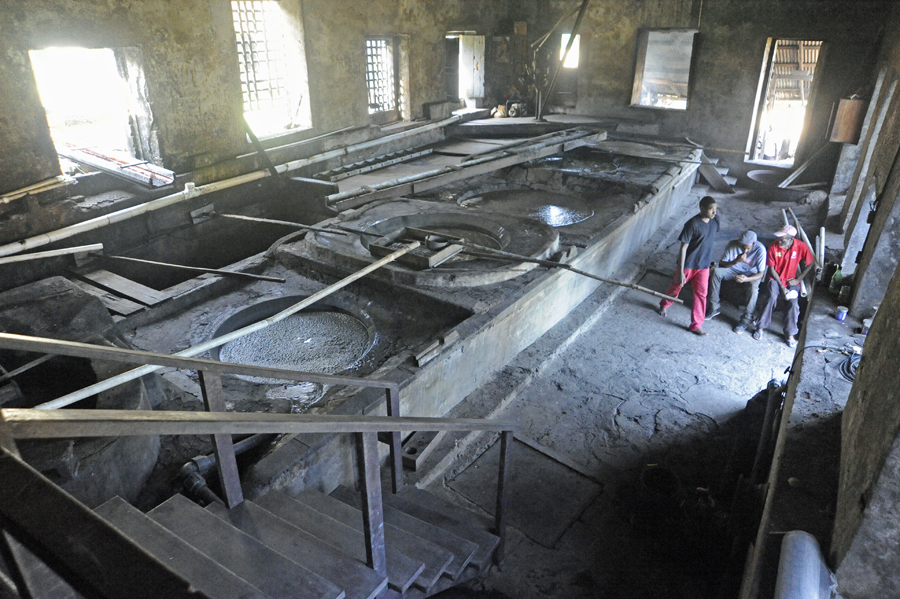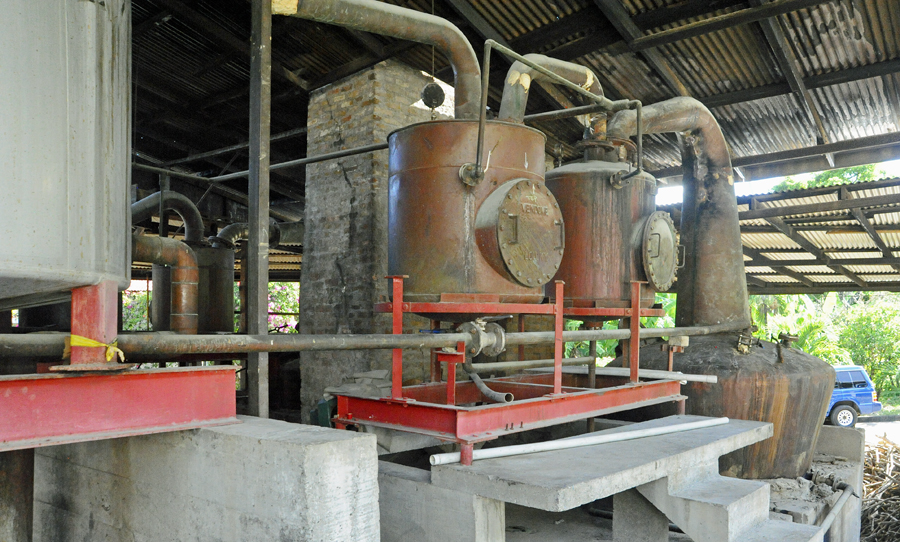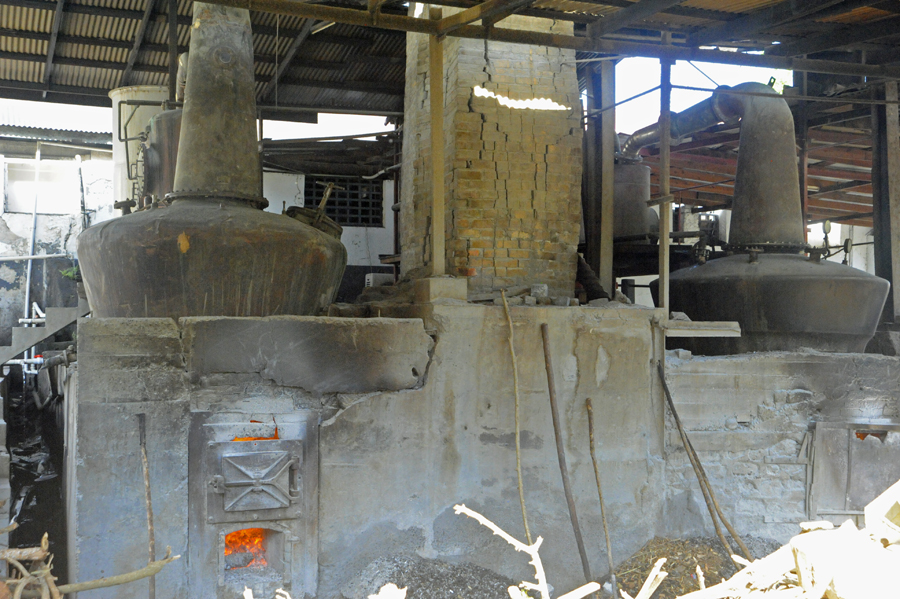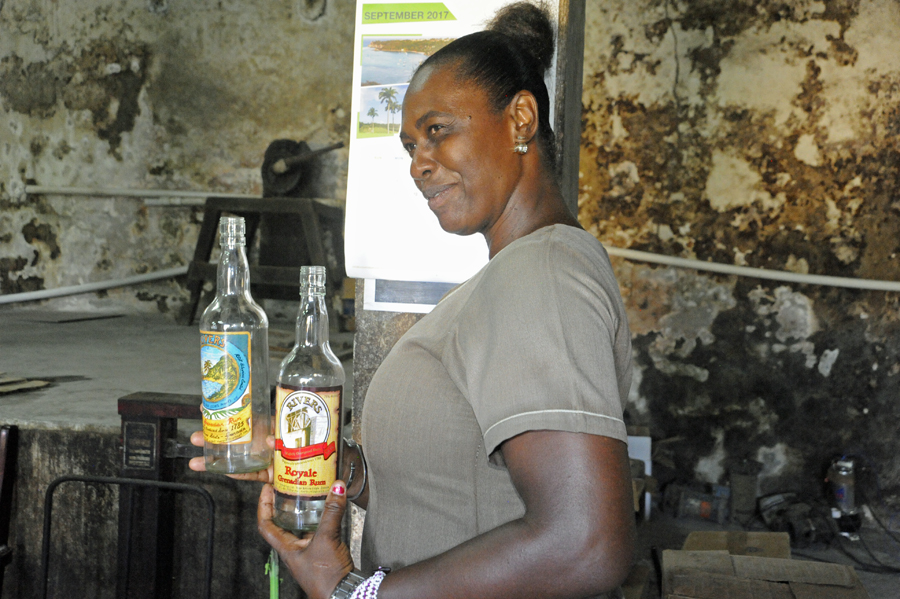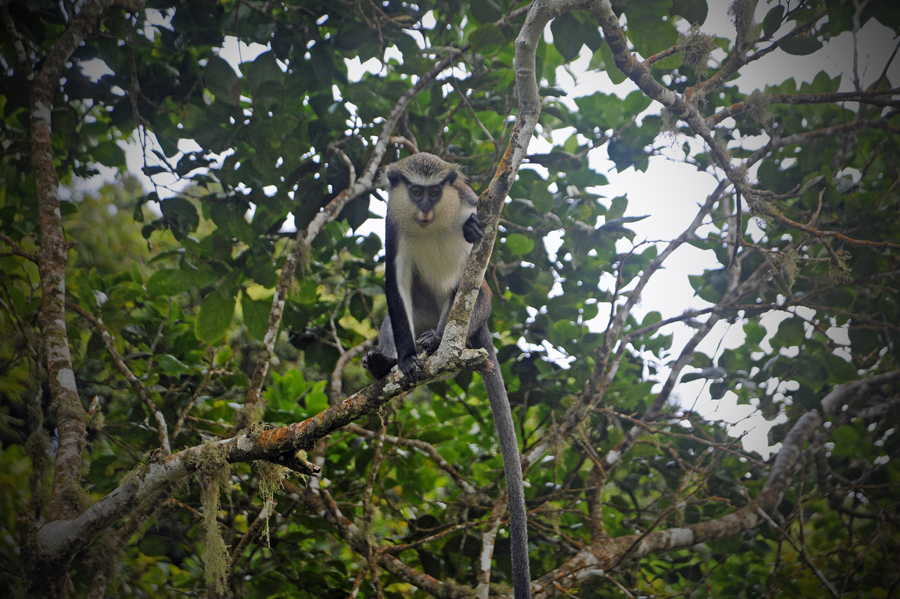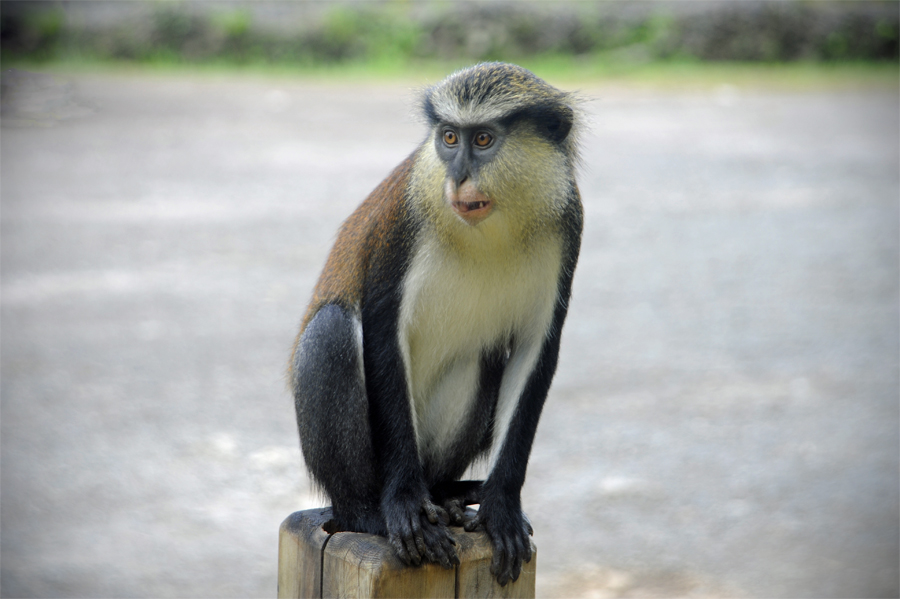I don’t think I would make a very good pirate as I’m not particularly fond of rum. I only drink rum when stuff is added to it like when Cindy makes a mean Bahama Mama. We have watched people knock a couple of these back before realizing how potent they are. It’s always fun to watch them when the rum kicks in. Grenada is home to a rum distillery dating back almost 230 years. The rum they make is so potent it cannot be carried aboard an airplane. When tourists purchase this rum to take home, the distillery sells them a watered down version within the limits of carry-on baggage rules (not as flammable).
The rum making process at the River Antoine Rum Distillery hasn’t change since 1785. This is remarkable when you think about it. River Antoine offers tours of their facility allowing people to get up close and personal with the process and equipment. At the end of the tour, we got a small sampling of the rum. The term “fire water” used by Indians in old western movies came to mind as I sample it. Because nothing has changed in the manufacturing process, it is a chance to step back in time. Patsy, our guide, did a great job of telling us all about the process, the history, and local tidbits about rum.
Organically, locally grown sugarcane is transported to the distillery from local farmers. In the dry season, it can be difficult to obtain enough sugarcane to run at capacity. They use a water wheel to grind sugarcane extracting the juice. This is the most modern piece of equipment and was added to the facility in 1840. The discard from the crushed sugarcane is used to fire distillery’s boiler house.
These boiling caldrons are used to make syrup from the sugarcane juice. It is heated and runs through a series of filters. This entire process is run by gravity. From here the mash is sent to the concrete vats in the fermentation room where it ferments for ten days.
The distillation process is done in two potstills. They are heated with locally cut hardwoods and the only form of temperature controls is the amount and type of wood used in the fire.
The end product is hand bottled and labeled. Bottles are recycled by locals.
I love the fact that the tour of the distillery was just that. There was no gift shop. They do not sell the rum at the distillery but you can buy it in local shops. They do the tours because they are very proud of their product and think others might also be interested. They don’t even want more business. They run at full capacity all the time and produce as much rum as the plant can handle. The rum is not sold very much off the island since the Grenadians drink just about all that is produced. Yep! The locals love this stuff. They claim it is the only rum that doesn’t give a hangover because no yeast or spirits used. So do the quick math on this. When the plant is running, meaning they have enough sugarcane that day, they can product about 500 bottles of rum. This equates to roughly 100,000 bottles per year. The population of Grenada is about 107,000 people. So, that is a bottle of rum for every man, woman and child on Grenada. It’s no wonder the people of Grenada are happy.
********************************
Thank you to all who sent us inquiries asking if we are safe. We are safe and were well below the wrath of hurricane Irma. We are on Grenada which is located on the lower edge of the hurricane belt. Although we are out of the main zone, we do watch the weather daily just in case we should have to move. We plan to stay here until November. This is when the storms begin to die down and Caribbean island cruising is once again safe. We have a few friends who lost boats in Martinique and the BVI. The destruction is horrific and it’ll be a very long time before life resumes to normal in these beautiful islands.
